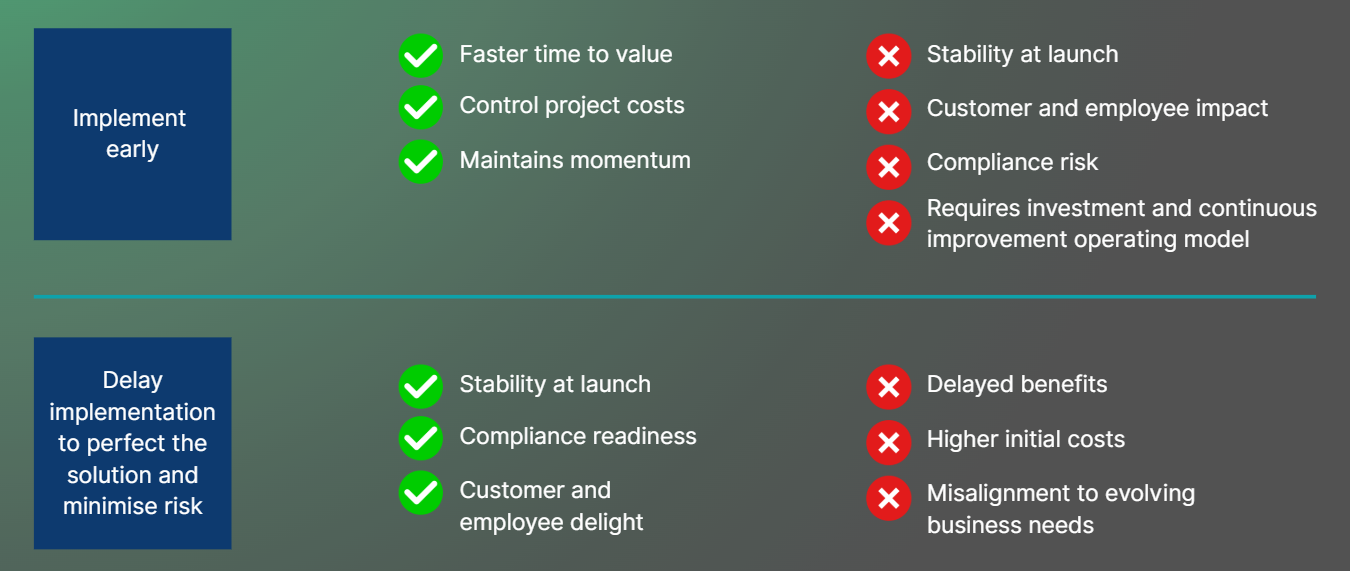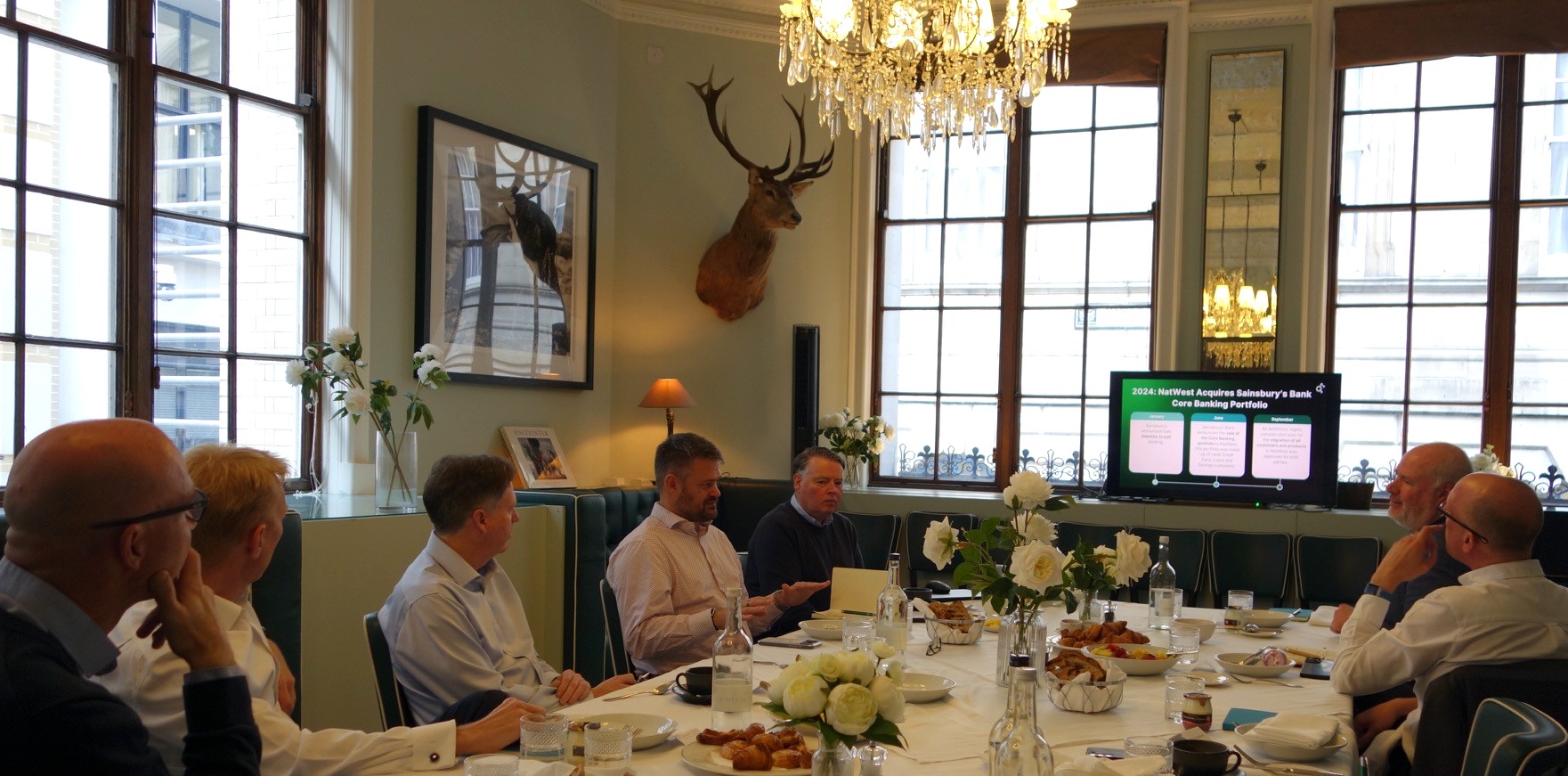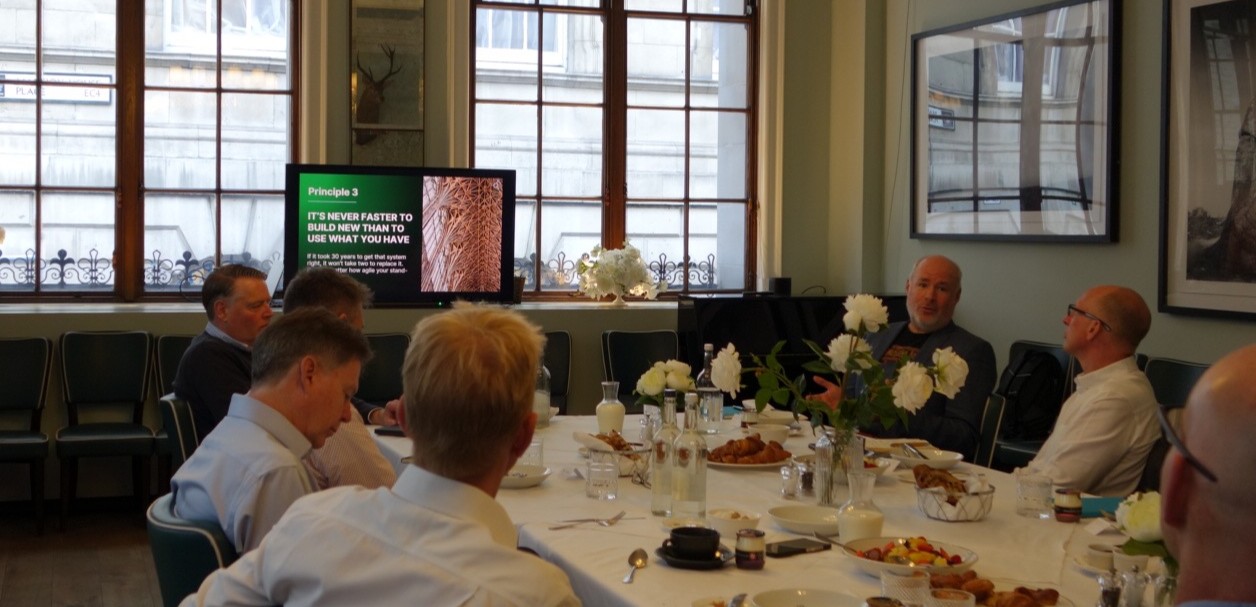Core platform modernisation is often framed as a technology challenge. In reality, it is a human one.
Programmes of this scale can test the emotional endurance of an organisation. CEOs can lose patience, individual contributors can lose sight of the vision. The longer the timeline, the greater the risk of fatigue and attrition – for both decisionmakers and individual contributors. In this light, stakeholder management becomes a discipline in its own right.

One trick suggested by an executive was to define clear ownership of each area of a platform implementation to ensure long-term engagement in the business. Successful implementations prioritise unifying intent over unifying the systems themselves. Programme leaders, be it a CTO or COO, can lead the migration itself, but the outcomes should be sponsored across the C-suite to ensure accountability and shared commitment.
And modernisation doesn’t take place in the boardroom alone. Change often begins one level below the executive tier, where operational leaders feel the pain of legacy systems most acutely. They understand that scalability, multi-region support and speed of change are not abstract goals but daily necessities. Engaging people at this level – whether in building the business case or in the delivery phase – is essential for a successful implementation.







